When it comes to drawing, sometimes the hardest part is coming up with ideas. It can be especially challenging if you’re just starting out and don’t have a lot of practice under your belt. If this sounds familiar, then this blog post is for you! We have compiled some solid tips on generating hard drawing ideas—from using random word generators to creating from what you see around you—that will help unleash your creative side and get those pencils moving. So whether you’re trying to make a concept sketch or just let loose practicing poses and writing, keep reading for some great advice on how to take your drawings up a notch!
What is Drawing and What are Its Basic Characteristics?
Drawing is a form of visual art in which an artist uses various drawing instruments to create lines, shapes, patterns, textures or values on a two-dimensional surface. It is considered one of the oldest forms of art and has been used since ancient times as a means of communication, expression and documentation. [1]
The basic characteristics of drawing include line, shape, form, texture and value. These elements are used by artists to create a composition that conveys their desired message or idea. Let’s explore each of these characteristics in more detail.
Line
A line is a mark made by a point moving along a surface. In drawing, lines can be used to define the edges and contours of objects, create patterns and textures, or even to suggest movement and emotion. Different types of lines, such as straight, curved, thick or thin, can convey different moods and add visual interest to a drawing.
Shape
Shape refers to the two-dimensional outline of an object or form. In drawing, shapes are created by connecting multiple lines and can be either geometric (such as circles, squares or triangles) or organic (like natural forms found in nature). Shapes are an important element of composition and can be used to create balance, harmony or contrast in a drawing.
Form
Form is the three-dimensional representation of objects or subjects in a drawing. It is created by using techniques such as shading, hatching, and cross-hatching to give the illusion of depth and volume. Understanding how light interacts with objects and how to effectively depict form is essential in creating realistic and dynamic drawings.
Texture
Texture refers to the surface quality of an object or subject. In drawing, texture can be created by using different mark-making techniques like stippling, hatching, and cross-hatching. Texture adds visual interest and depth to a drawing and can also convey the tactile qualities of an object.
Value
Value refers to the lightness or darkness of tones in a drawing. It is created by using different levels of shading and can add depth, dimension, and contrast to a composition. Understanding how to effectively use value is essential in creating realistic and dynamic drawings. [2]
What Types of Drawing Are Existing?
In the world of art, drawing is a fundamental skill and form of expression. From cave paintings to modern digital illustrations, humans have been using drawing as a means of communication for centuries. Over time, different types of drawing have emerged, each with its unique characteristics and techniques. [3]
1. Sketching
Sketching is the most basic type of drawing that involves creating rough, quick, and loose lines to capture the essence of a subject. It is often used as a preliminary step in a more detailed drawing or painting. Sketching can be done with various tools such as pencil, charcoal, pen, or even digitally.
2. Illustration
Illustration is the art of creating images for books, magazines, advertisements, and other media. It combines drawing skills with storytelling abilities to convey a message or idea visually. Illustrators use various techniques and tools such as watercolors, pastels, and digital software to bring their imagination to life.
3. Technical Drawing
Technical drawing, also known as drafting, requires precise measurements and accurate proportions. Used mainly in engineering and architecture, it involves creating detailed plans and diagrams for buildings, machines, or other structures. Technical drawing requires specialized tools such as rulers, compasses, and protractors to achieve accuracy.
4. Life Drawing
Life drawing involves capturing the human form through observation and practice. It is often done in a classroom setting with a live model posing for artists to draw. This type of drawing helps improve an artist’s understanding of human anatomy, proportions, and movement.
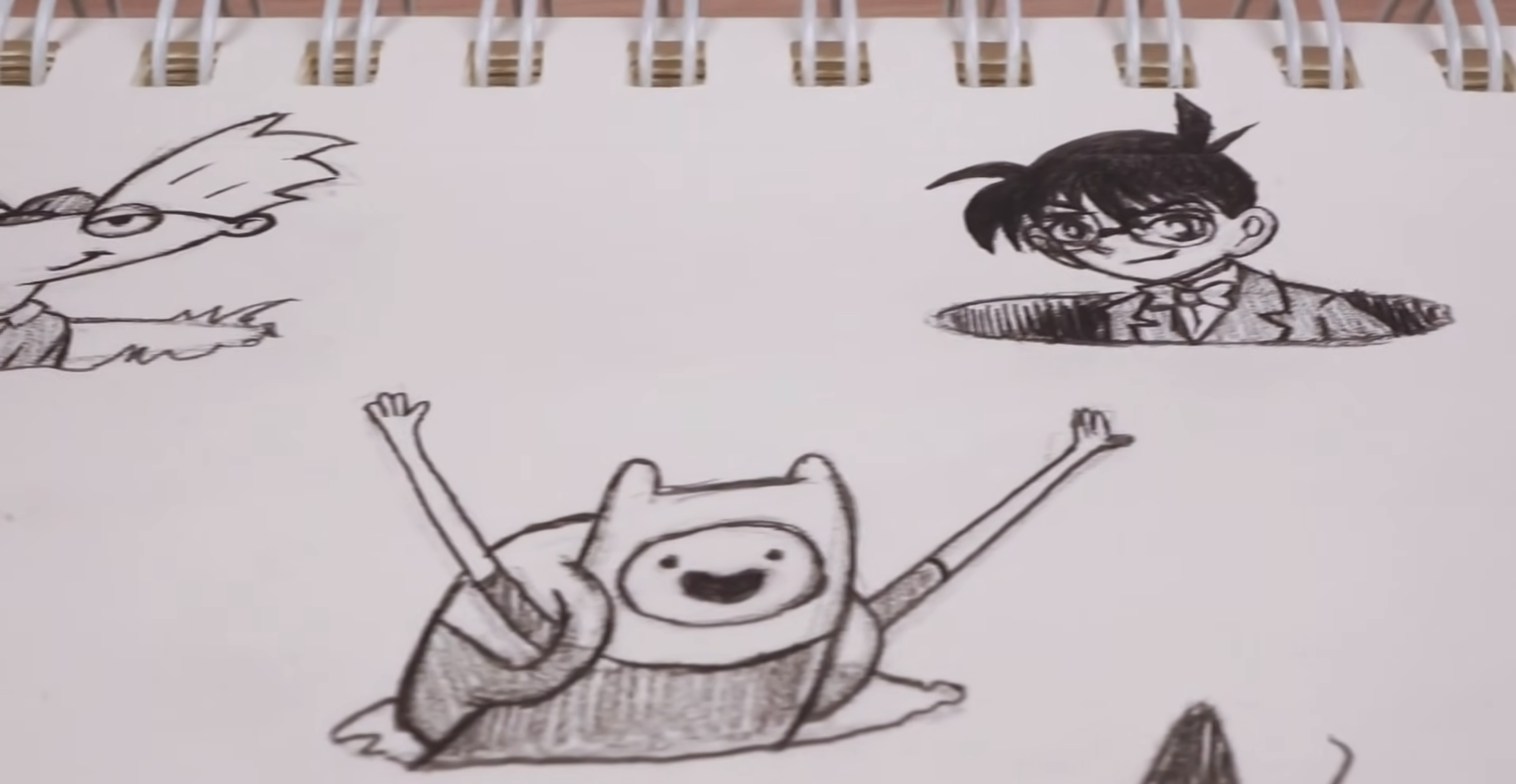
5. Caricature
Caricature is a form of drawing that exaggerates the unique features or characteristics of a subject to create a humorous or satirical effect. It is often used in editorial cartoons, political images, or portraits to convey a message or critique society. Caricatures are typically drawn with bold lines and exaggerated proportions to make them stand out.
6. Comics
Comics are a popular form of visual storytelling that combines drawing with text in a series of panels. They can be found in newspapers, books, or online platforms and are often used to tell fictional or non-fictional stories. Comic artists use a variety of techniques such as shading, speech bubbles, and panel layout to create a cohesive and engaging story.
7. Digital Drawing
With the advancement of technology, digital drawing has become increasingly popular. It involves creating art using digital tools such as a graphics tablet or software like Adobe Photoshop or Procreate. Digital drawing offers endless possibilities for artists to experiment with different styles, colors, and effects without the limitations of traditional mediums.
8. Architectural Rendering
Architectural rendering is a type of drawing that combines technical and artistic skills to create realistic depictions of buildings or structures. It is often used in the field of architecture to present designs to clients, investors, or for marketing purposes. Architectural renderings can be hand-drawn or created digitally using specialized software. [4]
What Tools are Necessary for Drawing?
Aside from having some artistic talent, there are a few tools that are necessary for drawing. These tools will help you create beautiful and detailed drawings without any hassle. [5]
Graphite Pencils
Graphite pencils are the most basic tool needed for drawing. They come in a variety of hardness levels ranging from 9H (the hardest) to 9B (the softest). The higher the number, the darker and softer the pencil will be. Graphite pencils allow you to create light lines for sketching and dark lines for shading.
Erasers
Erasers play a crucial role in drawing as they allow you to make corrections and adjustments to your drawings. There are different types of erasers such as kneaded erasers, which are soft and moldable, and vinyl erasers, which are harder and more precise for erasing fine details.
Paper
The type of paper you use can greatly affect your drawing. Smooth papers work best for detailed drawings while rougher papers give a more textured look. It is recommended to use a heavier weight paper to prevent smudging and tearing.
Blending Tools
Blending tools such as blending stumps and tortillons are used to blend and smudge graphite pencil lines, creating a smooth transition between light and dark areas. They are also useful for creating different textures in your drawings.
Charcoal
Charcoal is another popular drawing tool that comes in sticks or pencils. It produces much darker lines compared to graphite pencils and is commonly used for creating bold and dramatic drawings.
Ink
Ink is a versatile drawing tool that can create precise and bold lines. It comes in pens, markers, and brushes which allow you to experiment with different line weights and styles in your drawings.
Brushes
If you plan on using ink or watercolor in your drawings, then having a set of quality brushes is essential. Different brush sizes and shapes can create different effects, giving you more control over your artwork.
Drawing Table
While not necessarily a tool, having a proper drawing table or easel can greatly improve the comfort and quality of your drawings. It allows you to adjust the angle of your paper and prevents strain on your neck and back. [6]
How to Learn to Draw Beautifully?
As with any other skill, learning to draw beautifully takes time and practice. It may seem daunting at first, especially if you feel like you have no artistic talent. However, with the right mindset and approach, anyone can learn to create beautiful drawings. Let’s discuss some tips and techniques that can help you on your journey to becoming a skilled artist. So let’s get started! [7]
1. Start with the Basics
Before you dive into complex techniques and styles, it is important to first learn the fundamentals of drawing. This includes understanding lines, shapes, proportions, and shading. Take some time to practice drawing simple objects like circles, squares, and cubes. This will help you develop a steady hand and improve your muscle memory.
2. Study and Analyze
One of the best ways to improve your drawing skills is by studying and analyzing the works of other artists. This can give you insight into their techniques, styles, and approaches. Take time to visit art galleries or browse through online portfolios for inspiration and learning opportunities. You can also join a local art class or workshop to learn from experienced artists.
3. Experiment with Different Mediums
There is no right or wrong medium to use when it comes to drawing, so feel free to experiment with different tools and materials. Pencils, charcoal, ink, pastels, and watercolors are just some of the many mediums you can try out. Each one has its own unique qualities and can help you achieve different effects in your drawings. Don’t be afraid to step out of your comfort zone and try something new.
4. Practice, Practice, Practice
As with any skill, practice is key to improving your drawing abilities. Set aside time each day to work on your art and don’t get discouraged if your drawings don’t turn out the way you want them to. Keep practicing and you will see progress over time. You can also try drawing from life, using reference images, or doing quick sketches to hone your skills.
5. Don’t Be Afraid to Make Mistakes
Making mistakes is a natural part of the learning process, so don’t be afraid to make them. Instead, use them as opportunities to learn and improve. If you’re unhappy with a drawing, don’t be too quick to erase or discard it. Take a step back and try to identify what went wrong so that you can avoid making the same mistake in the future.
6. Be Patient and Persistent
Learning to draw beautifully takes time, so be patient with yourself and don’t give up easily. It may take months or even years to master certain techniques, but with persistence and dedication, you will get there. Remember that everyone progresses at their own pace and what matters most is your willingness to keep learning and improving.
7. Have Fun!
Last but not least, don’t forget to have fun while you’re learning. Drawing should be an enjoyable experience, so don’t put too much pressure on yourself to create a perfect masterpiece every time. Allow yourself to make mistakes, experiment, and have fun with your art. You may surprise yourself with what you can achieve when you’re relaxed and having a good time. [8]
15 Hard Drawing Ideas
1. Drawing with Ink
Drawing with ink is a great way to create high-contrast, bold drawings. With ink, you have the option to use it straight from the bottle or dilute it for lighter shades. This medium can be used in various ways – dip pens, brush pens, and even markers can all be used to create unique effects. [9]
2. Drawing with Charcoal
Charcoal is a popular medium for creating expressive, dark drawings. It can be used in different forms – stick, pencil or powder – and can create a range of textures and tones. Charcoal drawings often have a sense of depth and dimension due to its soft nature.
3. Gesture Drawing
Gesture drawing is a technique that focuses on capturing the essence or movement of a subject rather than its details. It involves quick, loose marks and helps to train your eye to see proportions and movements more accurately. This exercise can be challenging but is great for improving overall drawing skills.
4. Colored Pencil Blending
Blending colored pencils can create beautiful, smooth transitions between colors and is a great way to add depth and dimension to your drawings. You can use different techniques such as layering, burnishing, or blending with solvents to achieve different effects.
5. Negative Space Drawing
Negative space drawing is an exercise that focuses on the space around an object rather than the object itself. This allows you to create interesting compositions and improve your perception of shapes and forms.
6. Still Life Drawing
Still life drawings involve drawing objects arranged in a composition, typically using natural or artificial light. This allows you to study different textures, lighting, and perspectives while honing your observational skills.
7. Portraiture
Drawing portraits is a challenging but rewarding form of art. It requires a good understanding of facial proportions, anatomy, and shading techniques to capture a person’s likeness accurately. With practice, you can learn to create realistic portraits that convey emotion and personality.

8. Landscape Drawing
Landscape drawing is a popular subject for many artists, and it allows you to capture the beauty of nature. You can experiment with different techniques such as hatching, cross-hatching, and stippling to create texture and depth in your landscapes.
9. Comic Book Style Drawing
If you’re a fan of comics or graphic novels, try your hand at creating drawings in a comic book style. This involves using panels, speech bubbles, and other visual storytelling techniques to convey a story or message through your drawings.
10. Abstract Drawing
Abstract drawing involves using shapes, colors, and lines to create non-representational or surrealistic art. It allows for a lot of creativity and experimentation and can be a great outlet for self-expression.
11. Pointillism
Pointillism is a technique where small dots of color are applied in patterns to create an image. This method requires patience and precision but can produce stunning results with its unique texture and luminosity.
12. Cross-Hatching
Cross-hatching is a drawing technique where lines are layered at different angles to create the illusion of shading. This method can add depth and dimension to your drawings, making them appear more realistic.
13. Pastel Drawing
Pastels are a versatile medium that can create soft, blended drawings or vibrant, bold ones. They come in various forms – pencils, sticks, and powders – and can be used on their own or with other mediums such as charcoal or ink.
14. Calligraphy
Calligraphy is the art of decorative handwriting and lettering. It involves using different types of pens or brushes to create beautiful, stylized letters and words. You can use it to enhance your drawings or create standalone pieces of art.
15. Doodle Art
Doodle art involves drawing random patterns, shapes, and lines without a specific purpose or plan. It’s a great way to relax and let your creativity flow freely. You can also incorporate doodles into your other drawings to add unique details and designs. Overall, there are endless possibilities for challenging yourself and improving your drawing skills. So pick one (or more) of these hard drawing ideas and start creating! Remember, practice makes perfect, so don’t be afraid to make mistakes and keep pushing yourself to learn new techniques and styles. Happy drawing! [10]
FAQs
What to draw when you are bored hard?
There are endless possibilities of what to draw when you are feeling bored! Draw your favorite animal in a funny or silly pose. Create a fantasy world with imaginary creatures and landscapes. Sketch a self-portrait or caricature of yourself. Design your own superhero or villain. Make a comic strip about your day or week. Create a doodle of random objects and see if you can turn it into something recognizable. Practice drawing different textures, like fur, water, or clouds.
What is a stiff drawing?
A stiff drawing is a type of technical drawing that is used to communicate technical information about architectural or engineering designs. These drawings are typically created by professional drafters or engineers using specialized software, such as CAD (computer-aided design) programs.
Stiff drawings are used to convey precise measurements, dimensions, and specifications for construction projects. They often include details such as materials, construction methods, and building codes.
In addition to their use in the construction industry, stiff drawings are also utilized in manufacturing and product design processes. They help engineers and designers to visualize and communicate complex structures or products before they are actually built.
What is the hardest art in the world?
The answer to what the hardest art in the world is, is subjective and can vary from person to person. Some may argue that mastering a specific skill or technique in any given art form could be considered the most difficult, while others may say that creating something truly unique and innovative is the ultimate challenge.
Some people believe that classical arts such as painting, music, or dance require the most skill and dedication to perfect. These art forms have been around for centuries and have strict rules and techniques that must be followed in order to be considered a master.
Others may argue that modern forms of art such as graffiti, street art, or performance art are the hardest because they challenge traditional notions of what defines “art.” These types of art often push boundaries and require a deep understanding of societal and cultural issues.
What are cool drawing ideas?
One of the most popular subjects for artists is nature and landscapes. Whether it’s drawing a serene beach or a majestic mountain range, the beauty of nature can be captured in various ways through different styles and techniques. You could also experiment with adding elements of fantasy to your landscape drawings, such as dragons or unicorns.
Animals are another common subject for artists, and there are countless possibilities when it comes to drawing them. You could focus on a specific animal, such as a beloved pet or a favorite wild creature, or even create your own imaginary creatures by combining different animals together.
Drawing fan art is a great way to pay tribute to your favorite characters from TV shows, movies, books, and more. Whether it’s drawing your favorite superhero or your favorite Disney princess, the possibilities are endless. You could also try creating mashups of different characters or putting a unique spin on iconic scenes.
Useful Video: What to Draw When You’re Bored! 8 IDEAS
Final Thoughts
Drawing can be an incredibly rewarding and inspiring exercise for people of all ages. It allows us to explore our creativity and express ourselves without judgment. It teaches us skills such as problem solving, critical thinking, and observation—all of which enhance our lives in countless ways. But it’s not always easy to come up with drawing ideas. By taking into account some of the tips given in this blog post—like experimenting with different materials, changing perspectives, searching for inspiration online and observing the environment around us—we can help stimulate our creativity and break down some potential roadblocks that may be holding us back from endless artistic possibilities. So grab a pencil or brush, take a deep breath, and start exploring!
References:
- https://study.com/academy/lesson/drawing-definition-types-history.html
- https://www.britannica.com/art/drawing-art
- https://www.indeed.com/career-advice/career-development/types-of-drawing
- https://www.linearity.io/blog/drawing-styles/
- https://www.artsy.net/article/artsy-editorial-pencils-papers-erasers-start-drawing
- https://www.carandache.com/be/en/drawing-supplies
- https://www.wikihow.com/Get-Good-at-Drawing
- https://design.tutsplus.com/tutorials/how-to-learn-to-draw-stage-one-manual-skills–cms-23304
- https://www.skillshare.com/en/blog/15-drawing-ideas-for-beginners-to-build-basic-skills/
- https://www.splashlearn.com/blog/easy-drawing-ideas-for-kids-they-will-love/

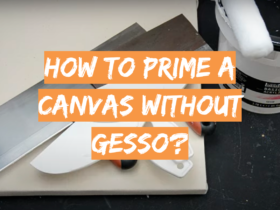



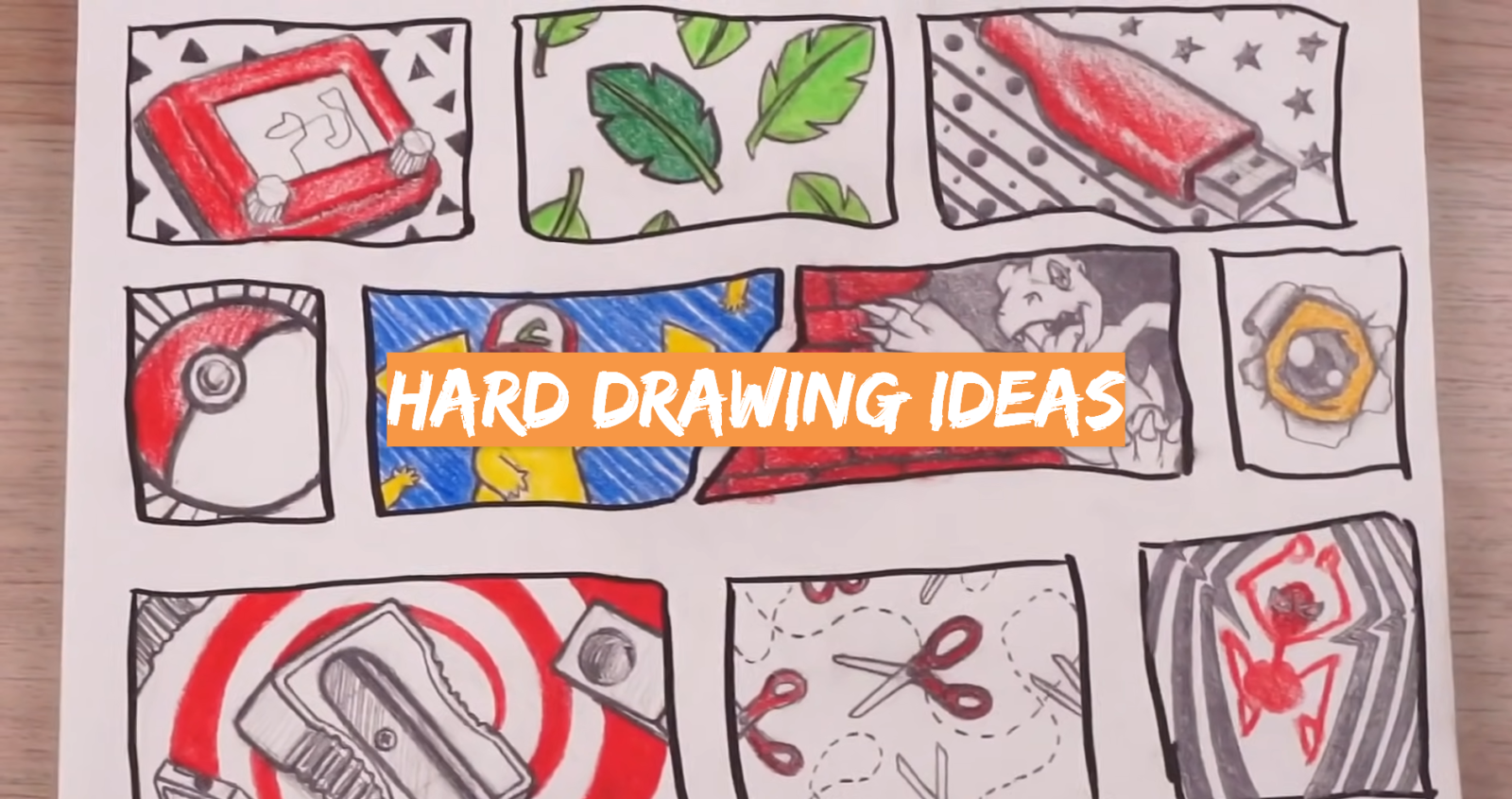
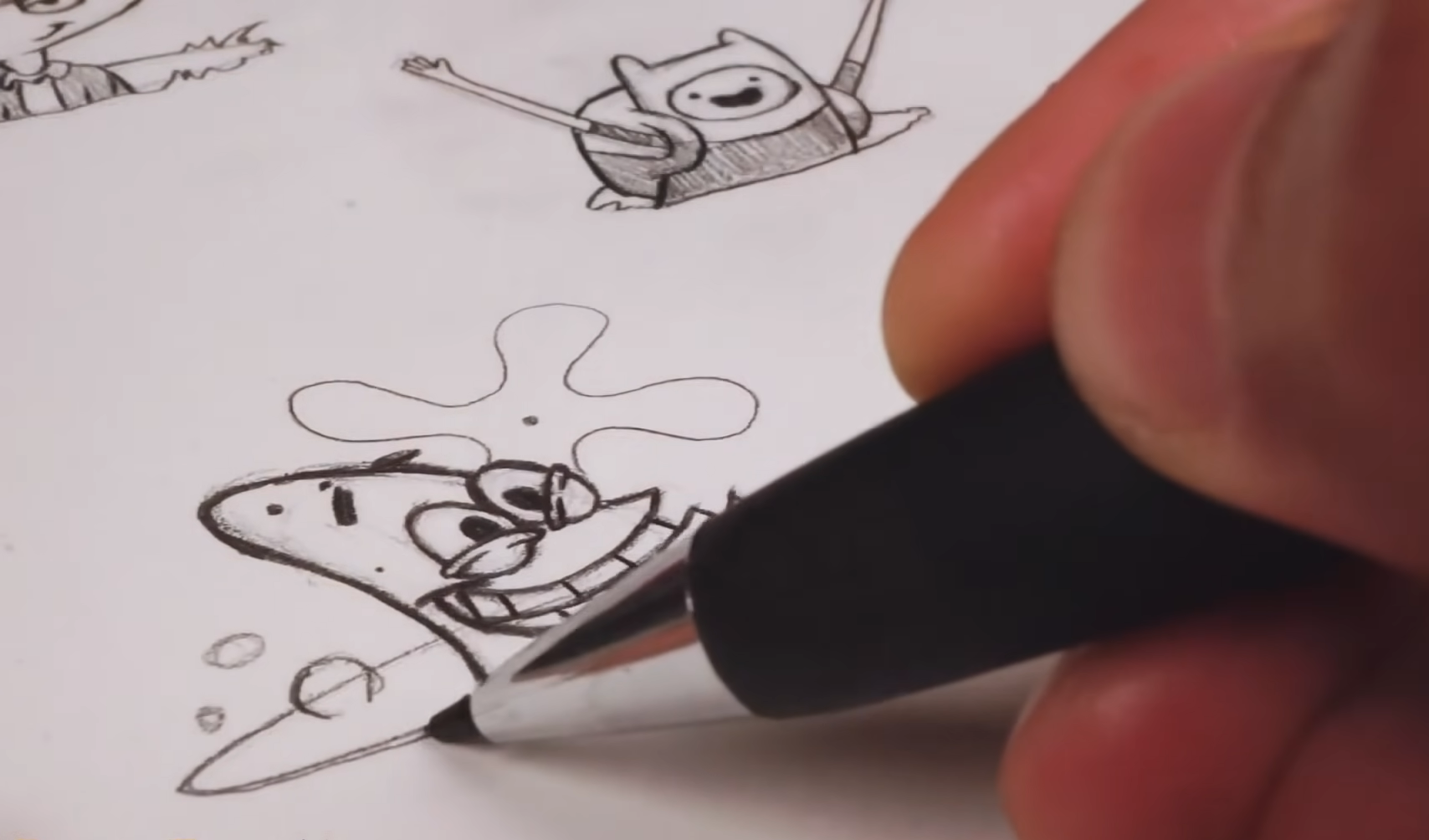
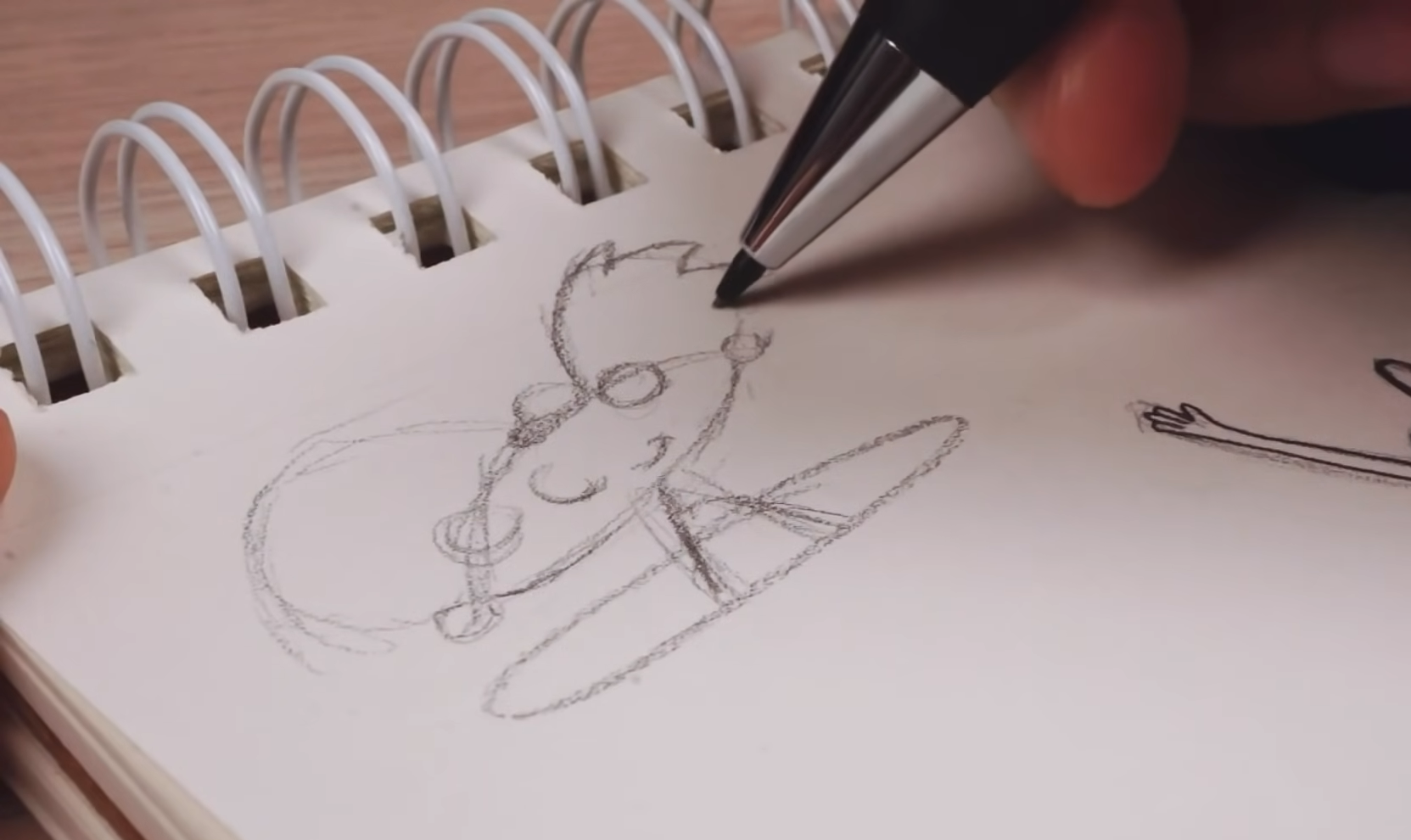

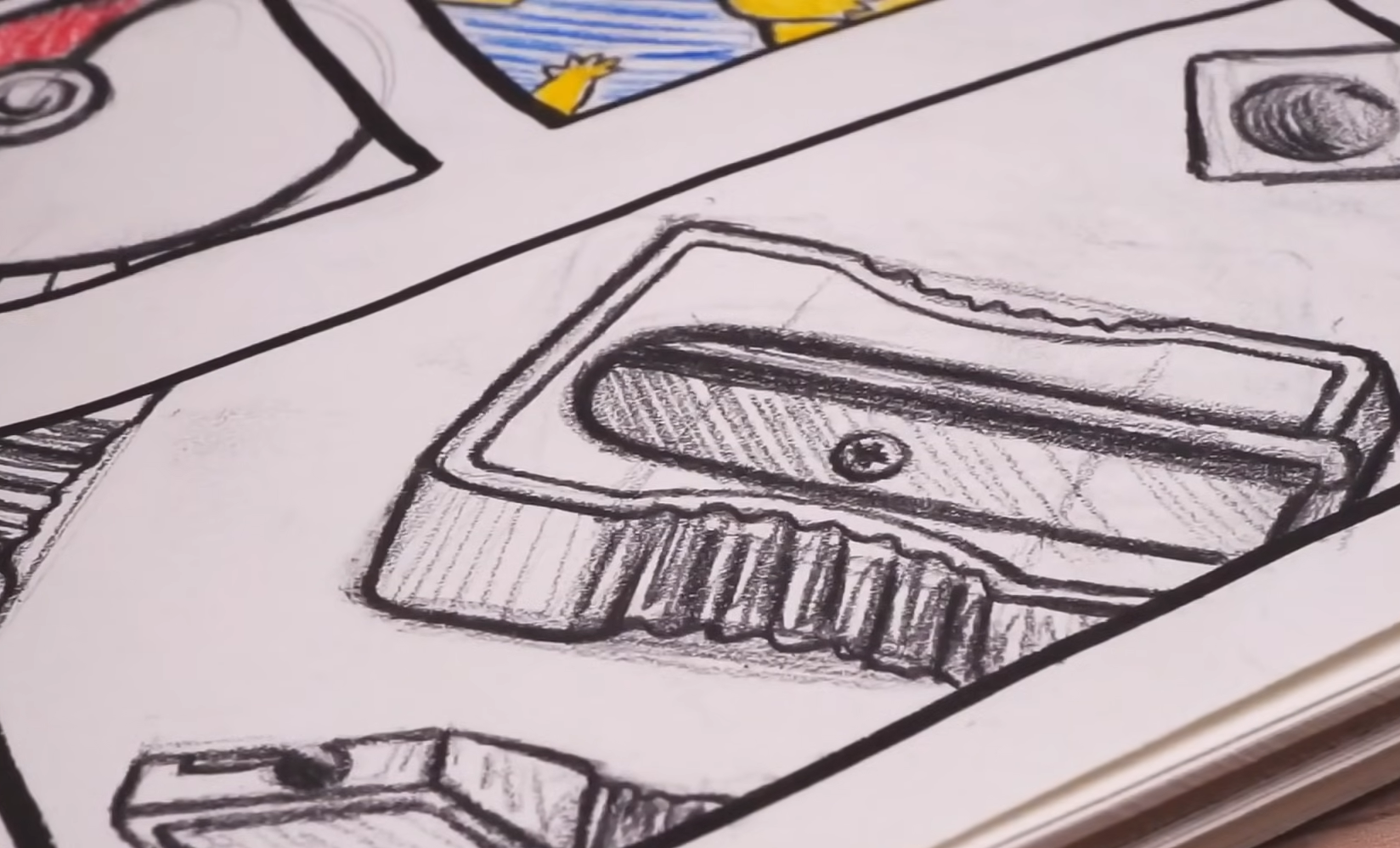
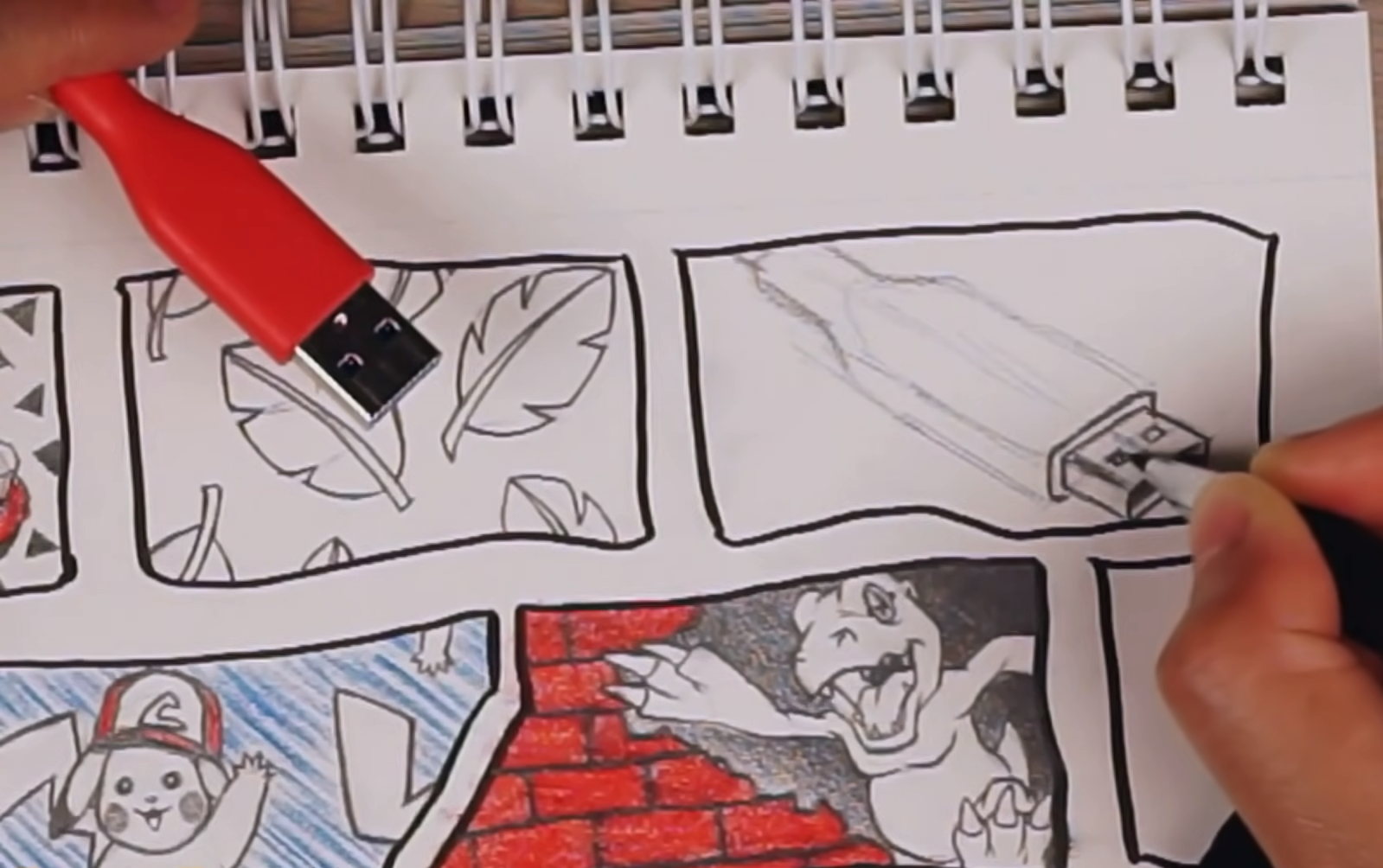
Leave a Review